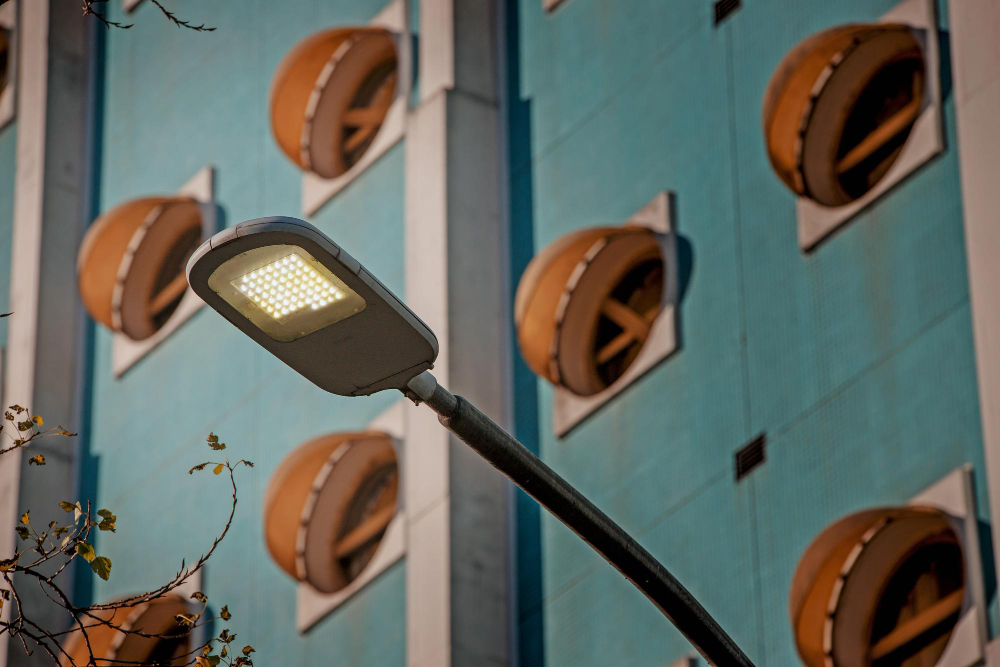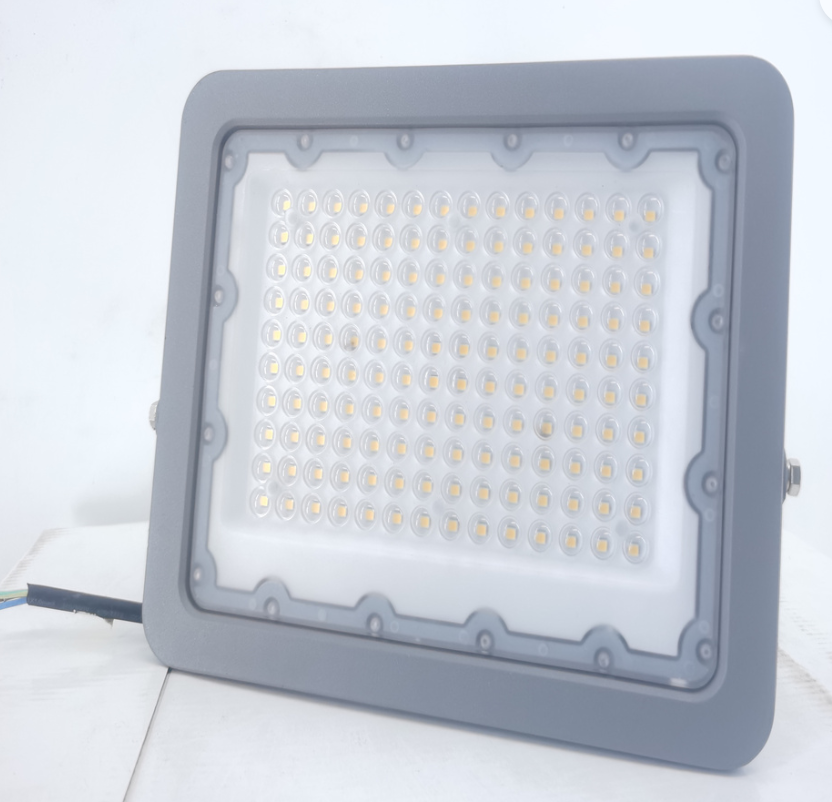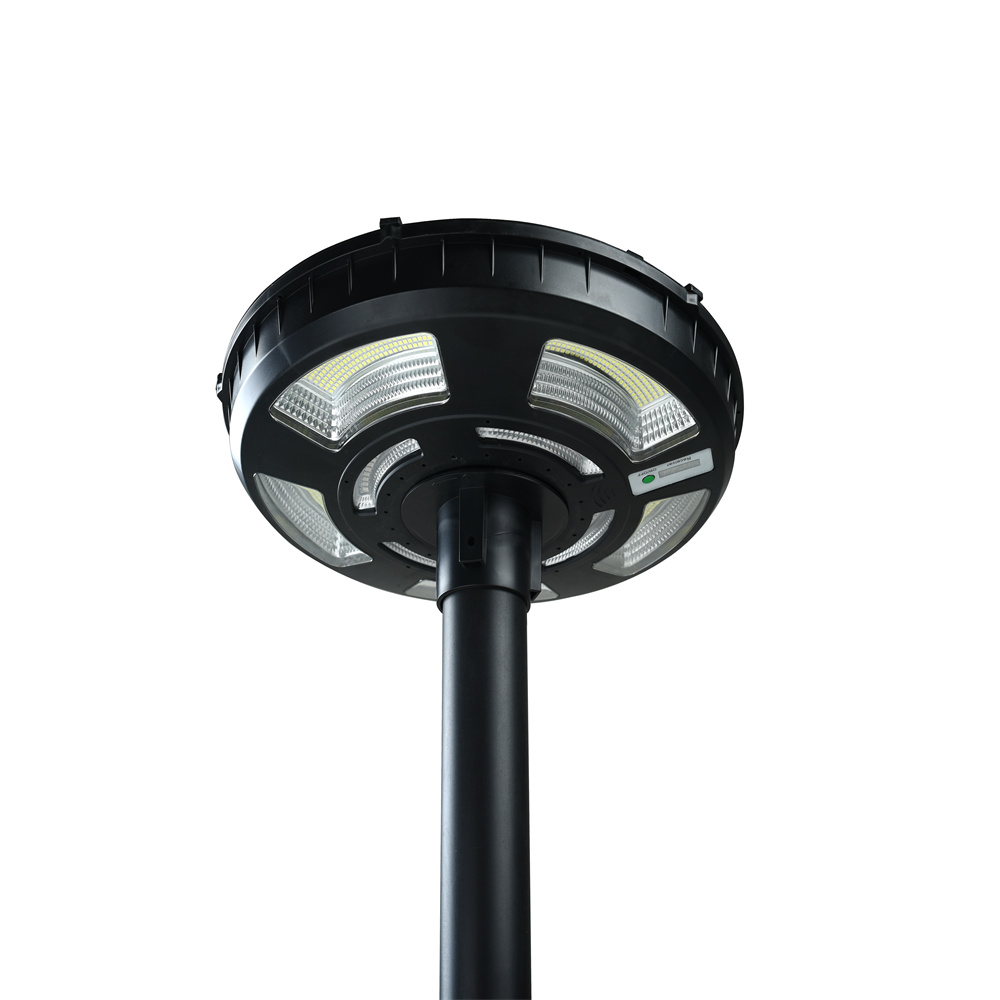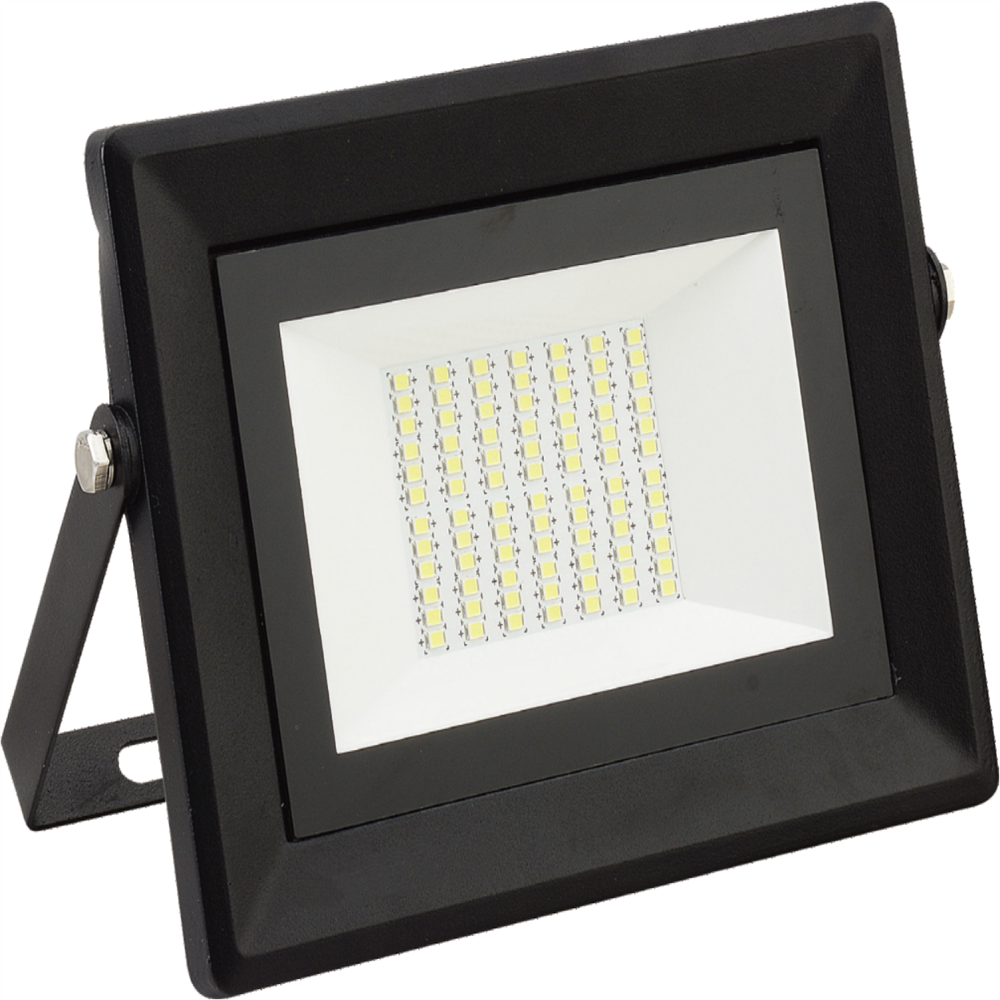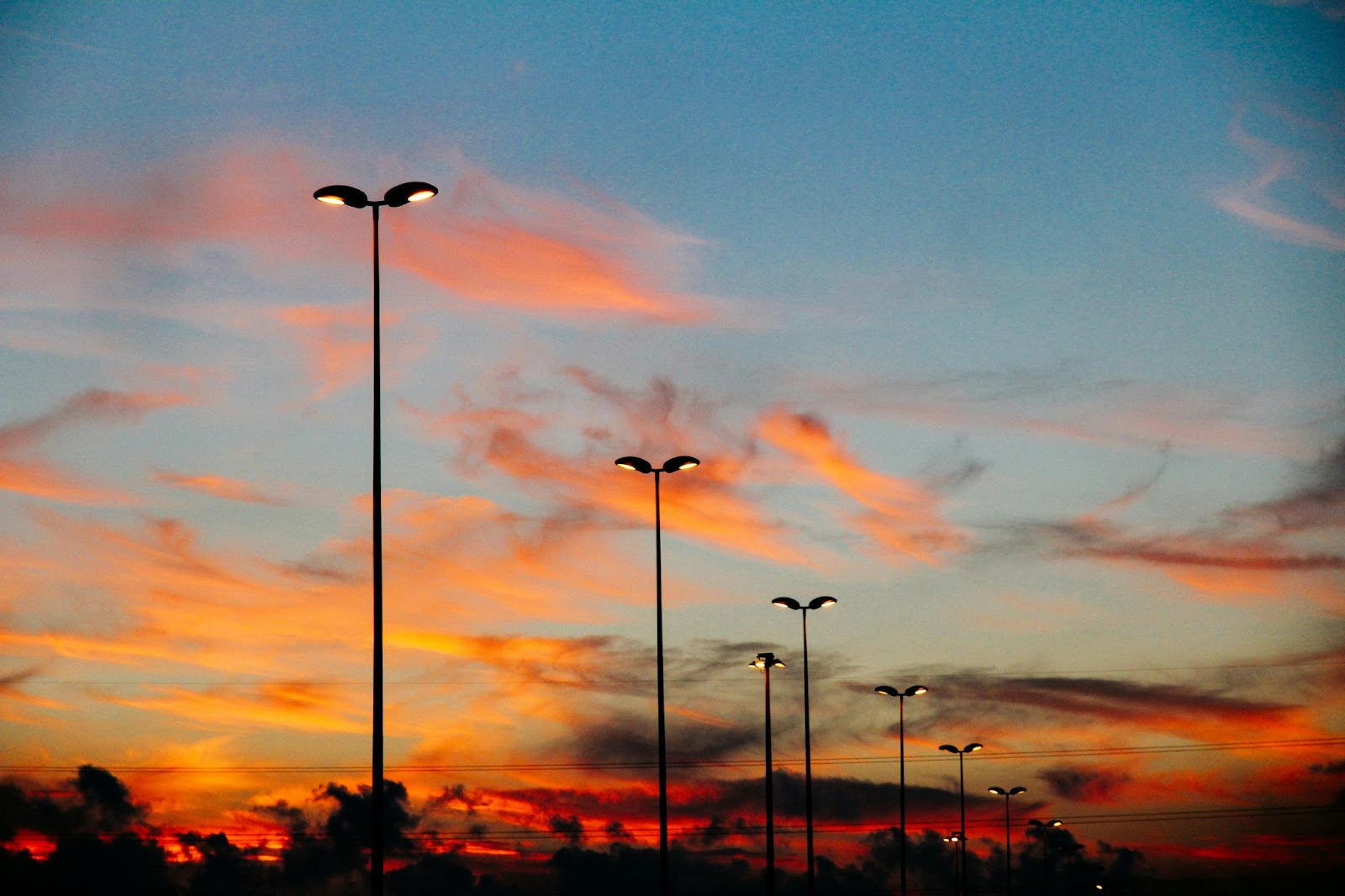While traditional street lighting technologies offer lower initial costs, LED street lights emerge as the superior choice due to their energy efficiency, long lifespan, and advanced features. The initial investment in LED technology pays off in reduced energy consumption, lower maintenance expenses, and the ability to integrate with smart lighting systems. Read on to discover […]
While traditional street lighting technologies offer lower initial costs, LED street lights emerge as the superior choice due to their energy efficiency, long lifespan, and advanced features.
The initial investment in LED technology pays off in reduced energy consumption, lower maintenance expenses, and the ability to integrate with smart lighting systems.
Read on to discover the difference between LED street lighting fixtures and traditional ones.
Pros and Cons of LED Street Lighting
The debate between outdoor LED street lights and traditional street lighting has intensified as cities and municipalities seek energy-efficient and cost-effective solutions.
In this comparison, we’ll explore the pros and cons of each, shedding light on the factors influencing the shift toward LED technology.
Pros of LED Street Lighting
Energy Efficiency
LED street lights are renowned for their energy efficiency. They convert a higher percentage of electricity into visible light, significantly reducing energy consumption compared to traditional counterparts.
Longevity and Low Maintenance
LED lights boast a longer lifespan, often exceeding 50,000 hours. This longevity translates into reduced maintenance costs and fewer replacements, minimizing disruptions to street lighting.
Instant Illumination
Unlike traditional lights that require warm-up time, LEDs provide instant illumination. This feature enhances responsiveness in smart lighting systems and ensures immediate visibility.
Directional Lighting
LEDs emit light directionally, focusing illumination precisely where needed. This characteristic minimizes light pollution, optimizing energy use and reducing environmental impact.
Smart Lighting Capabilities
LED technology seamlessly integrates with smart lighting control systems. Municipalities can remotely monitor, dim, and schedule LED street lights, enhancing adaptability to real-time needs and contributing to overall energy savings.
Cons of LED Street Lighting
Initial Cost
The upfront cost of LED street lights is higher than traditional lighting. However, this cost is offset by long-term savings in energy consumption and maintenance.
Temperature Sensitivity
LED performance may be affected by extreme temperatures. However, advancements in thermal management technologies are mitigating this concern, making LEDs suitable for various climates.
Pros and Cons of Traditional Street Lighting
Traditional street lighting, using high-pressure sodium or metal halide, offers lower upfront costs but suffers from inefficiency, shorter lifespan, and light pollution.
Pros of Traditional Street Lighting
Lower Initial Cost
Traditional street lighting fixtures generally have a lower initial cost compared to LEDs. This upfront affordability is attractive for budget-conscious municipalities.
Familiar Technology
Traditional lighting technologies are well-established and familiar. Cities accustomed to older systems may find the transition to LEDs challenging, especially in terms of maintenance practices.
Cons of Traditional Street Lighting
Higher Energy Consumption
High-pressure sodium and metal halide lights are less energy-efficient, converting a significant portion of electricity into heat rather than visible light. This results in higher energy consumption and increased utility bills.
Shorter Lifespan and Maintenance
Traditional lights have a shorter lifespan, typically around 24,000 hours. This shorter duration necessitates more frequent replacements and higher maintenance costs over time.
Light Pollution
Traditional lights emit light omnidirectionally, contributing to light pollution. This scattered light wastes energy and adversely affects the visibility of stars and celestial bodies.
Conclusion
Looking for a reputable LED downlight and LED flood light manufacturer?
RRRLighting is the most trusted LED flood light factory in the industry for semiconductor illumination and application of renewable energy, boasting over 30 years of expertise.
The outdoor lighting manufacturer is a reliable partner for loyal clientele across 56 countries, specifically in Europe, America, Africa, and Asia.
As one of the best LED street light manufacturers, RRRLighting also values innovation and continues to strive for advancement with over 160 patents.
Reach out to their website for a quotation to get started.





